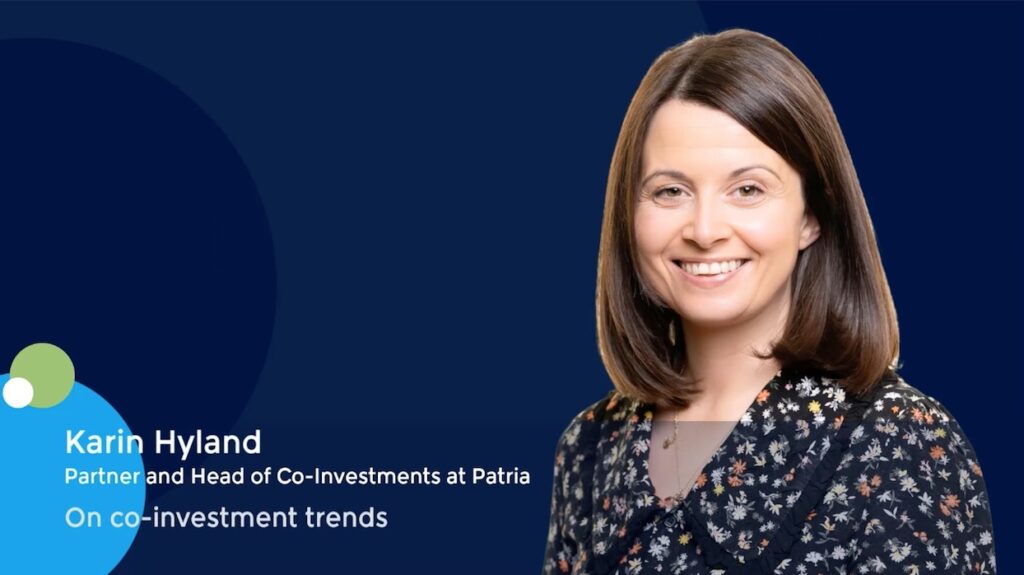Neuberger Berman steps into liquidity void with fifth co-investment vehicle
- Neuberger Berman first entered the co-investment space in 2006
- Anticipates 30 to 40 deals from Fund V
- Bulk of fundraise originated from European LPs
Many private equity sponsors pinned their hopes on 2025 being the year that the liquidity crunch would ease. Instead, the outlook remains foggy, and primary fundraising activity so far has remained muted.
Against this backdrop, David Morse of Neuberger Berman sees opportunities for his firm to step into the void and put money to work. Earlier this month, the asset manager closed its fifth co-investment fund on USD 2.8bn. From this fund, the firm plans to put together a portfolio of between 30 to 40 investments, and is already 22% deployed as of July.
“What we’ve really been focusing on as an institution is this theme around a lack of liquidity in the private equity market,” Morse, a managing director and global co-head of private equity co-investments, told Mergermarket.
Neuberger Berman kicked off fundraising for its fifth co-investment vehicle back in 2023, against the backdrop of an anemic fundraising environment. To ensure the success of the fundraising, it had to look further afield, beyond the institutional investors in the United States who had traditionally accounted for the bulk of fundraising.
This time around, Europe served as its largest source of commitments, while the global private wealth channel contributed just over 15% to the capital raised, according to Morse. The success of this fundraise among European LPs also came from a bespoke structure designed to facilitate access for certain investors, which allowed it to accept commitments in both US dollars or Euros.
“We had to look well beyond simply North America, which has been a go-to source of capital for any kind of draw-down fund or traditional fund,” explained Morse.
Neuberger Berman has been a player in the co-investment space since 2006. Since then, the size of its funds has grown with Fund V, its vehicle to date, despite the lag in fundraising.
Though Europe was the largest source of fundraising, deployment of Fund V will remain mostly focused on the US market, which typically accounts for around 65% of capital invested, said Morse. This is likely to continue, with about 25% going to Europe, and the balance towards the rest of the world, primarily Asia.
Neuberger Berman co-invests with around 225 managers, many of which it is already invested in as an LP, running the gamut from smaller GPs to mega sponsors, said Morse. It will also invest with a minority of emerging managers, adding six to 10 new GPs annually, provided they meet certain criteria. This means operating an institutionalized fund, usually a second or third, and with a track record, developed at the new firm or another GP.
Morse said that his firm takes a backseat to its managers to leave them as much space as possible to manage as they see fit. To this end, he added that Neuberger Berman writes checks without expecting things like a pro-rata share of board seats or extra veto rights in return.
“We are a capital provider to our GPs, so we let them run the show, and that is really attractive to private equity firms to be a single voice to be the single determinant of value and liquidity creation,” said Morse.
Filling the void
Like many peers, Neuberger Berman will frequently get involved in underwriting co-investments prior to a deal closing, including through conducting due diligence alongside partner sponsors. Indeed, Morse said that only about 15% of Neuberger Berman’s deal flow comes from situations where its role begins at the syndication stage.
But its the stage after the deal closes where the liquidity void is seen as deeper. At this stage, a sponsor’s needs will shift to requiring interim capital, or midlife capital as Neuberger Berman refers to it. It is at this stage that Morse sees the most scope to make an impact. “I think in the last year, 85% of the capital we deployed was in co-underwriting and midlife transactions because that’s what the market is looking for,” he said.
Typically, Neuberger Berman will execute co-investments of USD 15m to USD 275m, according to the firm’s website. However, it can also write larger checks for bigger deals. About 25% of the firm’s co-investments are on large-cap deals, valued at over USD 5bn, according to Morse. In these instances, it can invest anywhere from USD 500m to USD 700m on an individual deal.
There is a preference for deals that are already EBITDA positive, and buyout investments. Neuberger Berman will consider growth investments as well, but those will typically be later stage deals and may depend on the profile of the sponsor behind the transaction.
“We’re looking for proven profitable companies, even in our growth strategy,” noted Morse.











